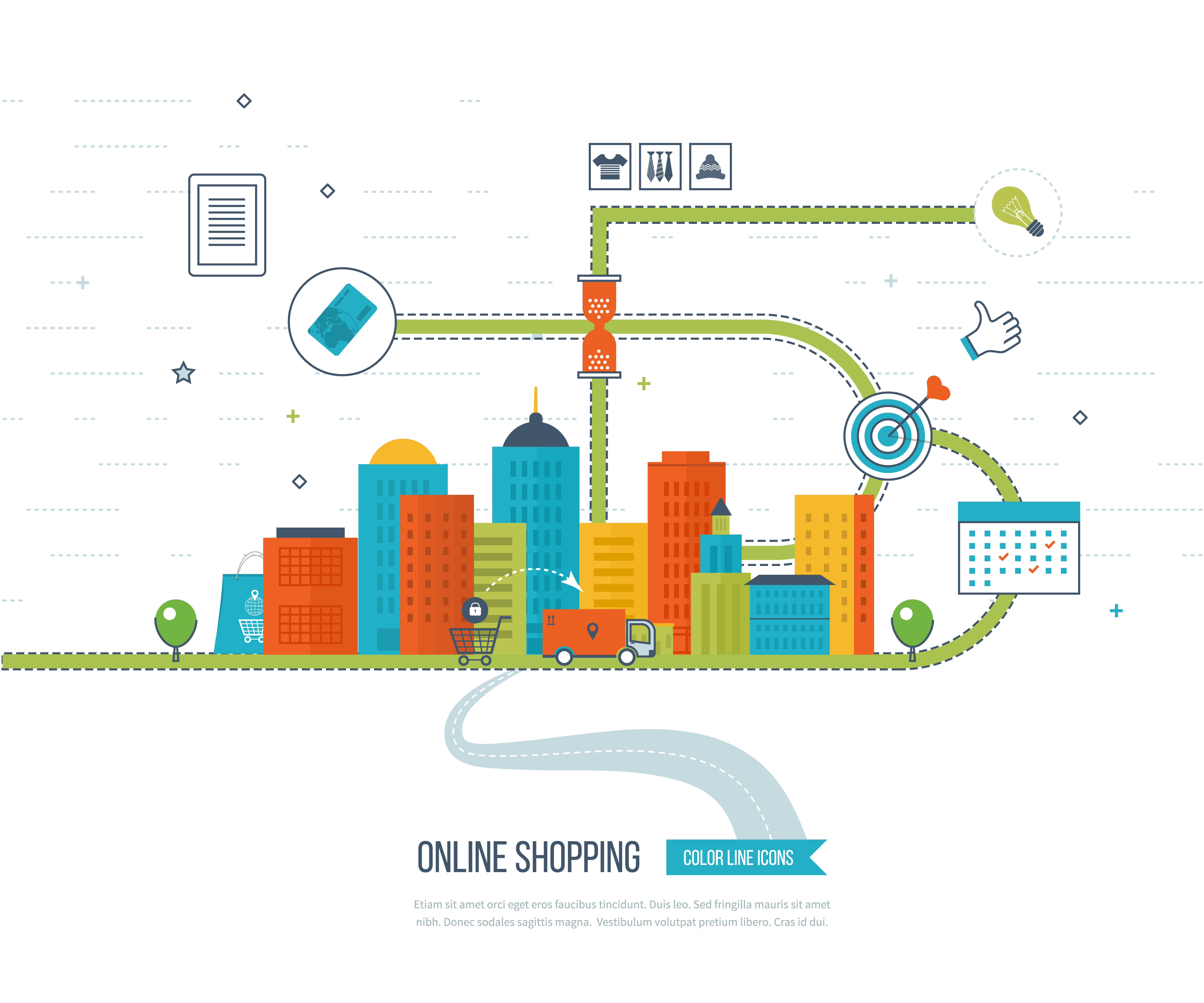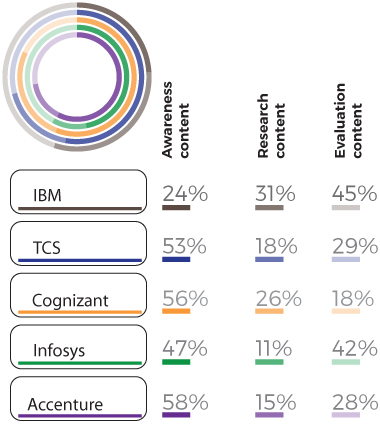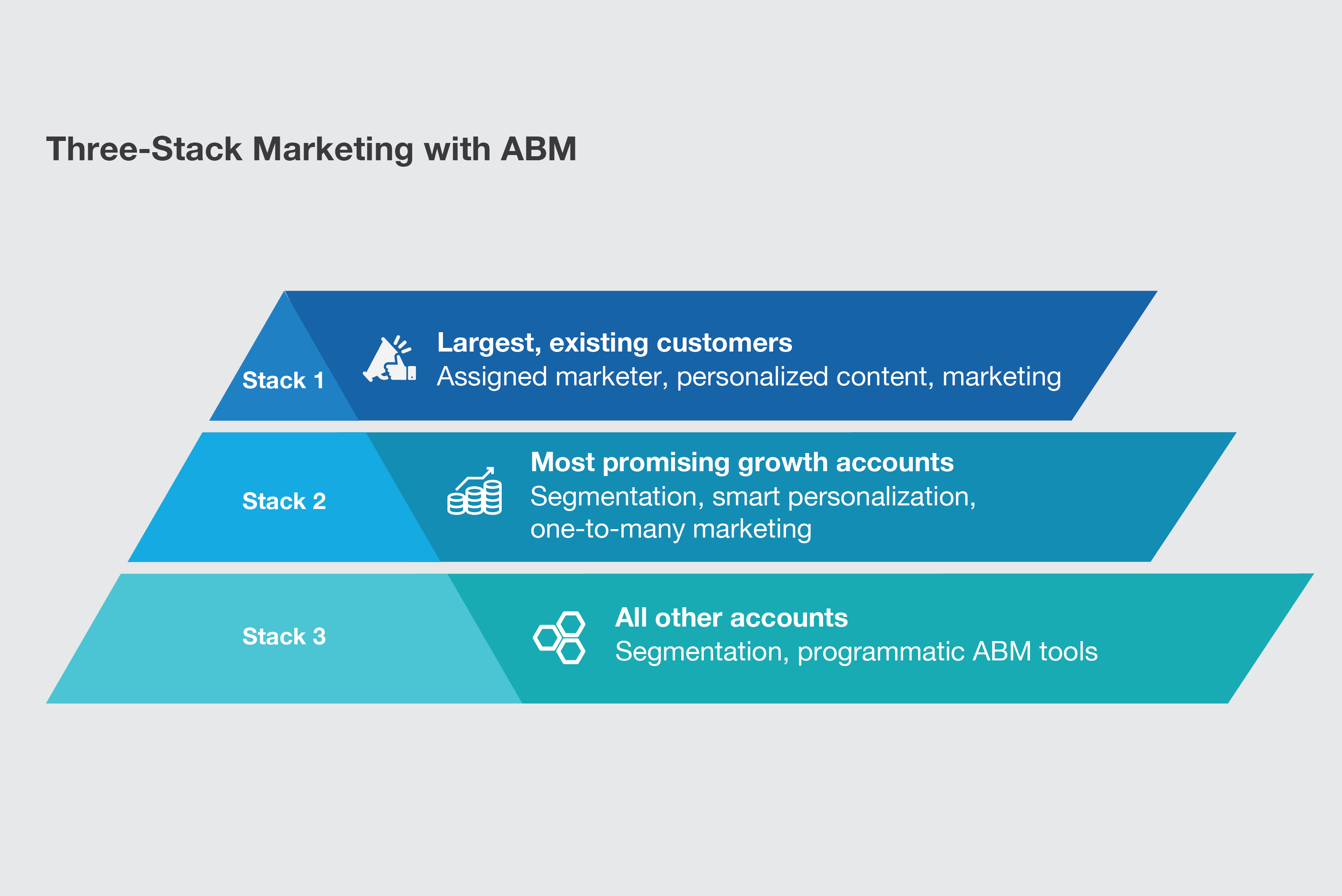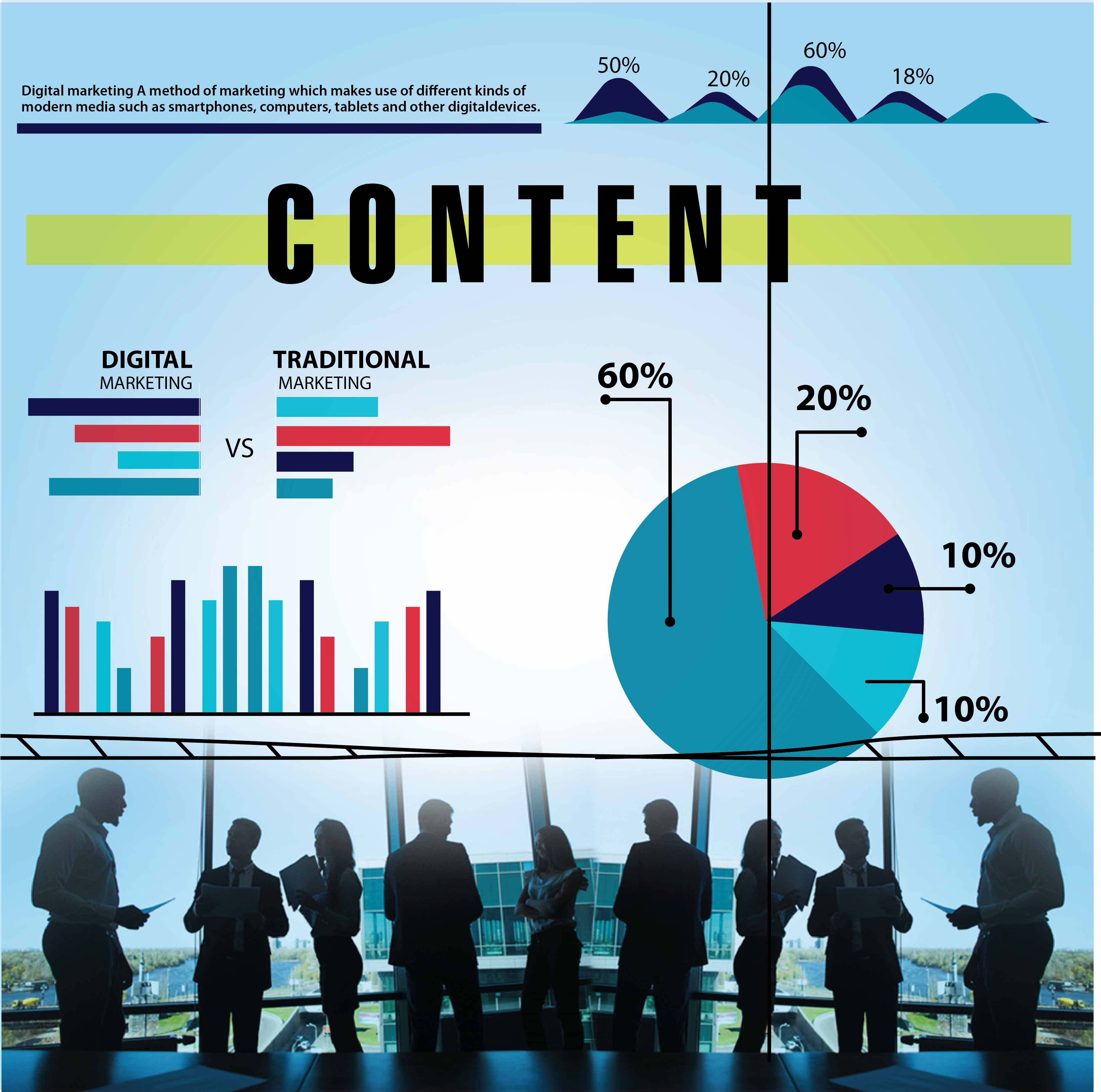The 33% rule in thought leadership content
The 33% rule in thought leadership content

In a study we carried out by analyzing over 650+ thought leadership documents from the top IT companies globally, including IBM, Accenture, Infosys and others, we found content gaps at a key stage of the buying lifecycle. Our analysis was limited to content around IT solutions for the retail industry customers. Given the broad sample size, this would suggest a broader applicability to thought leadership content beyond the retail vertical, but that’s not a conclusion we can draw from our study results. So what is this gap in thought leadership marketing? Quite simply, there is enough content to drive awareness, and to help convince a prospect to buy a specific solution, but there isn’t enough in the middle. Helping customers research their potential options better is an important step in the buying cycle. The path from awareness to evaluating and buying a solution goes through the intermediate step when the prospect is researching across solutions. What’s helpful here is content that helps understand possible solution architectures that are relevant, pros and cons for different options, and then, mapping the customer context to different solution stacks. You have the customer’s attention at this stage, and you have a better chance of guiding them towards your solution. But our study showed this crucial context is not as well addressed as it should be. How did we reach that conclusion? Our content analytics methodology So what we did was to gather all the thought leadership content produced by the top technology companies for the retail vertical, and then tag the content for its utility i.e. which stage was that content most suited for. For instance, a Point of View article on seamless multi-channel retailing is more suitable for driving awareness around new opportunities in retail solutions. A whitepaper on “Seamless analytics” is however more likely help research potential responses. And a case study on “Integration of Customer Insights into Merchandising” is targeted at buyers evaluating specific solutions. So we tagged the content into 9 different tags, which were further categorized into content relevant for awareness, research and evaluation. This classification worked well for the most part. There were about 20% of the documents that had a mix of content – so one part would try to educate about a topic, and the second part would pitch the company’s solution. As an approximate approach, however, we were able to tag the content according to three buyer lifecycle stages. We then introduced another, simple premise. Engagement across all stages of the buyer lifecycle is equally important. If that’s true, then thought leadership content should be deployed equally for awareness, research and evaluation. That gave us a simple rule-of-thumb: equal deployment should mean roughly 33% of all content produced should be dedicated for each stage: awareness, research and evaluation. The closer the content percentage is to 33%, the better a company is addressing buyers’ content needs. Deviations from equal deployment of content therefore formed the basis of our analysis, and the eventual conclusion. The results To begin with, we computed the actual % of content deployed in all three stages.
 We then computed the deviations from the 33% level – our rule for healthy content deployment – for each company, for each stage. We then added the absolute values of all deviations. The lower the total score, the lesser the deviations from the 33% average, and the more balanced the content deployment. So the lower the deviation score, the more balanced was the deployment of thought leadership content by a company. Here’s what that showed.
We then computed the deviations from the 33% level – our rule for healthy content deployment – for each company, for each stage. We then added the absolute values of all deviations. The lower the total score, the lesser the deviations from the 33% average, and the more balanced the content deployment. So the lower the deviation score, the more balanced was the deployment of thought leadership content by a company. Here’s what that showed.  IBM comes out as most balanced in its thought leadership content approach. With a slight preference for evaluation-related content (45%), it does well in helping buyers’ research potential solutions (31%) and a shade under par in content that educates buyers about their needs, trends etc (25%). Other companies’ content is not so evenly spread – some are doing a fabulous job in educating, while others are focusing on content that is mostly focused on the evaluation stage i.e. selling their own solutions. Our conclusions
IBM comes out as most balanced in its thought leadership content approach. With a slight preference for evaluation-related content (45%), it does well in helping buyers’ research potential solutions (31%) and a shade under par in content that educates buyers about their needs, trends etc (25%). Other companies’ content is not so evenly spread – some are doing a fabulous job in educating, while others are focusing on content that is mostly focused on the evaluation stage i.e. selling their own solutions. Our conclusions- The current approach of IT firms can be described thus:
- Produce a lot of content for early-stage engagement to create need awareness
- Follow this up with content that sells its solutions
- The case studies and the brochures are not the answer there. Helping them research across solutions and frameworks to evaluate solutions will get you deeper within the customer organization.
- Also, this way you are able to continue your engagement with prospects that are still early in the buying cycle. Without enough content to continue this early engagement, you run a big risk of losing that qualified prospect.
- Provide stronger advisory content in this middle stage, and you have better engagement and conversions through more effective nurturing.


